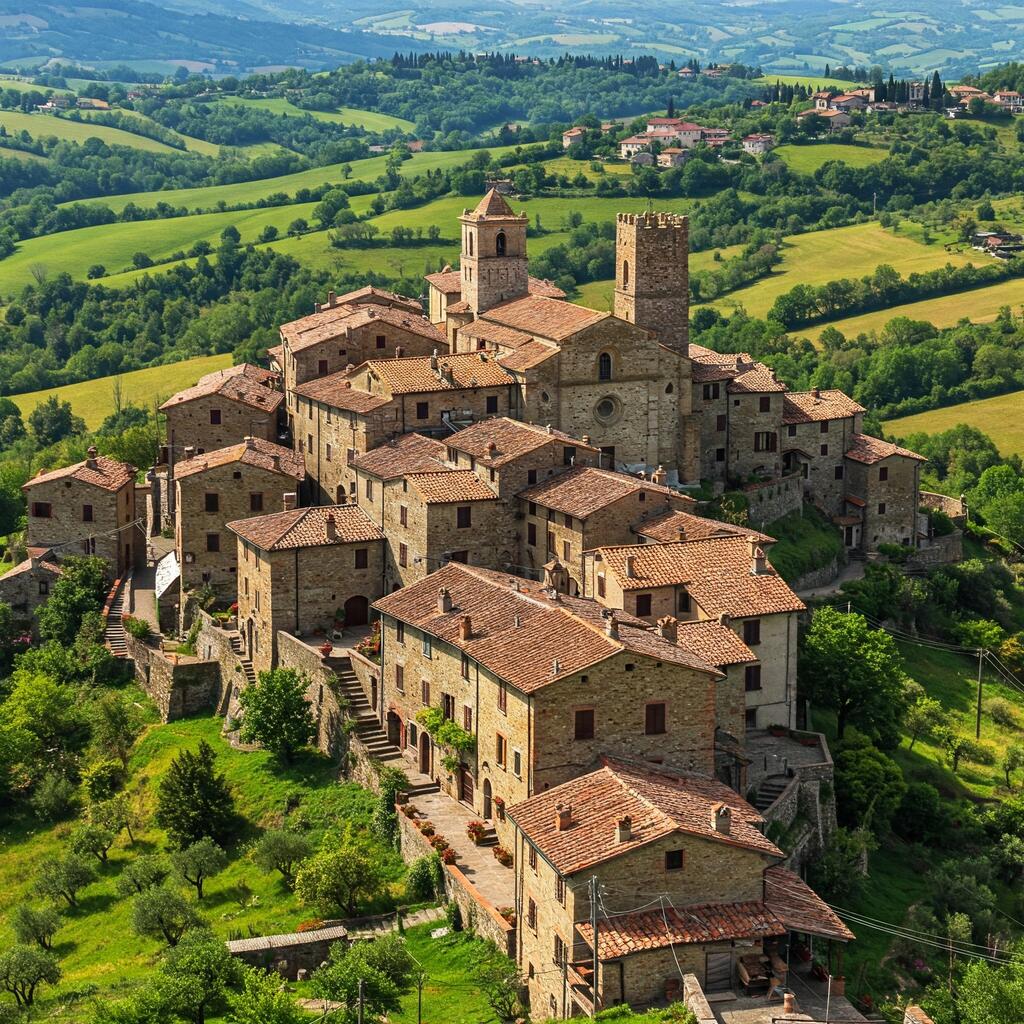
Isola Santa: Garfagnana's Hidden Gem, Lost in Time
One day a few years ago, I went to Garfagnana for work. On the outward journey I had passed through Lucca and Bagni di Lucca to get to Castelnuovo di Garfagnana, on the return journey I had to get to Massa so I took another route from the navigator.
A road I had never taken. I travelled for a long time in a very narrow valley, finding few houses or small villages. At a certain point, around a bend, a view appeared in front of me that I had not expected at all and since there was no traffic at the moment I stopped.
And I saw a village on the shore of a small lake, surrounded by chestnut forests and high mountains. I suddenly felt as if I had been catapulted into the Middle Ages.
I could hardly believe my eyes. I got back into my car and approached the village, intending to visit it.
The little houses in the village are made of stone with slate roofs and walking through the small streets one breathes a magical air.
Descending into the village among the little stone houses, wrought-iron street lamps, iron and wooden railings with ancient designs and many flowers, I went down to the large church on the lakeshore.
In front is a beautiful meadow that slopes gently down to the lake. And then again a small pontoon on the very picturesque lake. The colour of the water is spectacular, as are the reflections of the mountains reflected in its waters.
I wanted to know more about this enchanted place and stopped at a small stone bar with a beautiful terrace with lots of flowers and learned that several houses, which have been renovated in an environmentally friendly way, are part of a hotel, for which rooms can be rented.
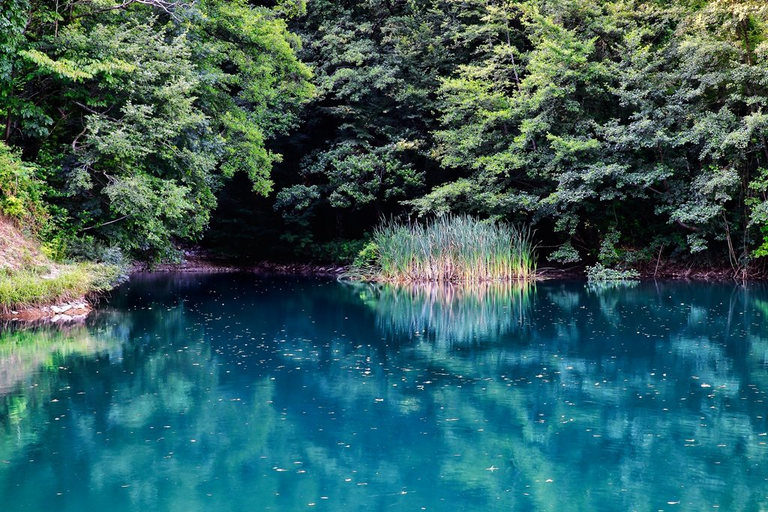
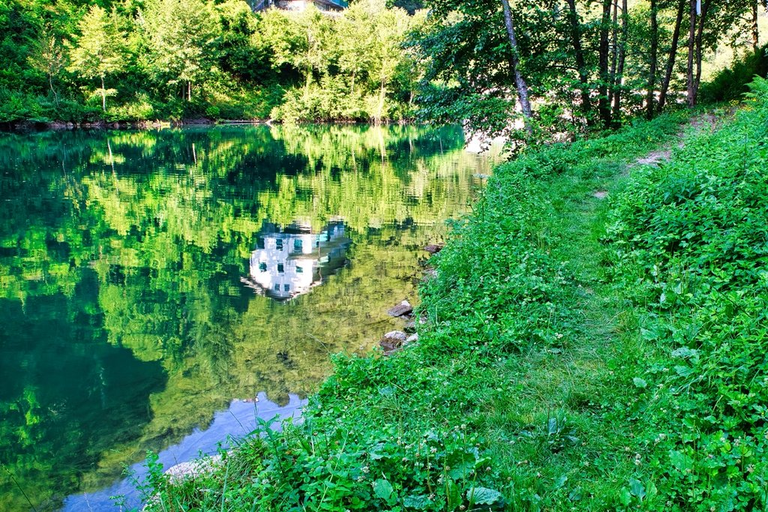
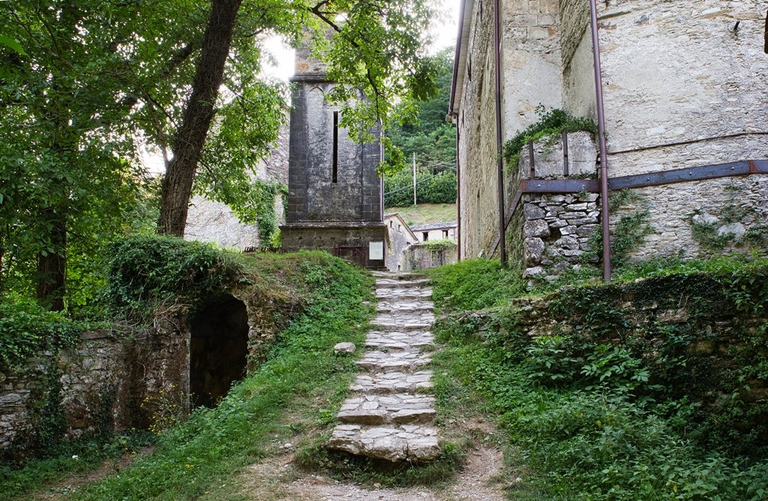
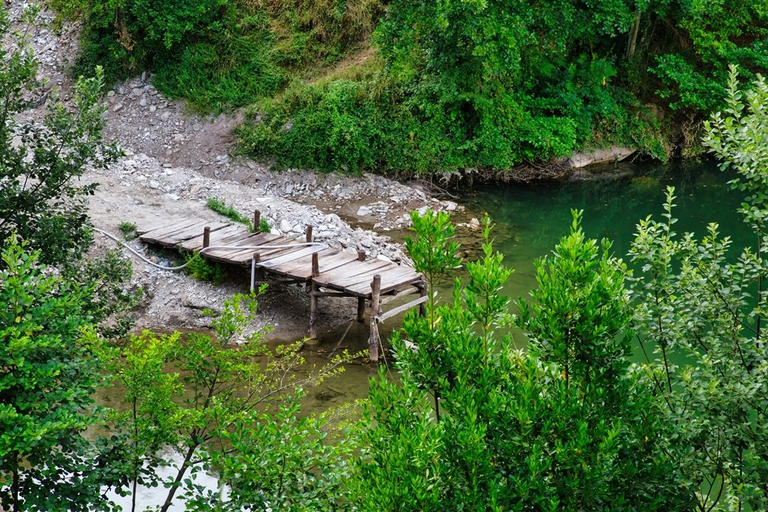
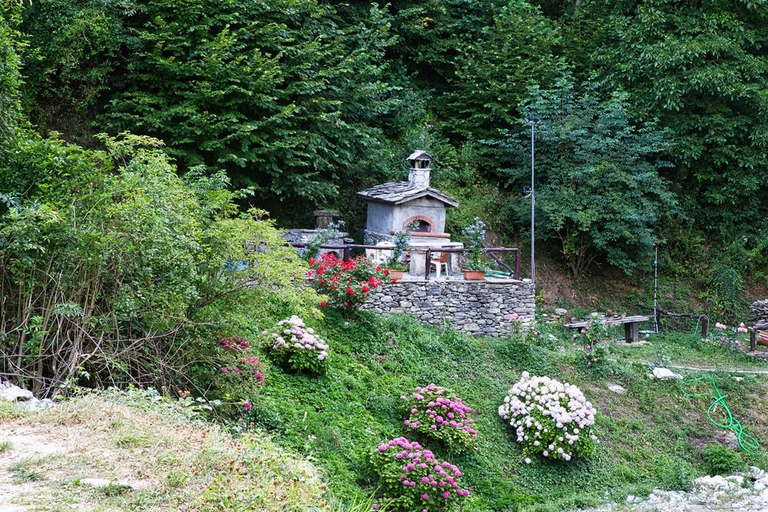
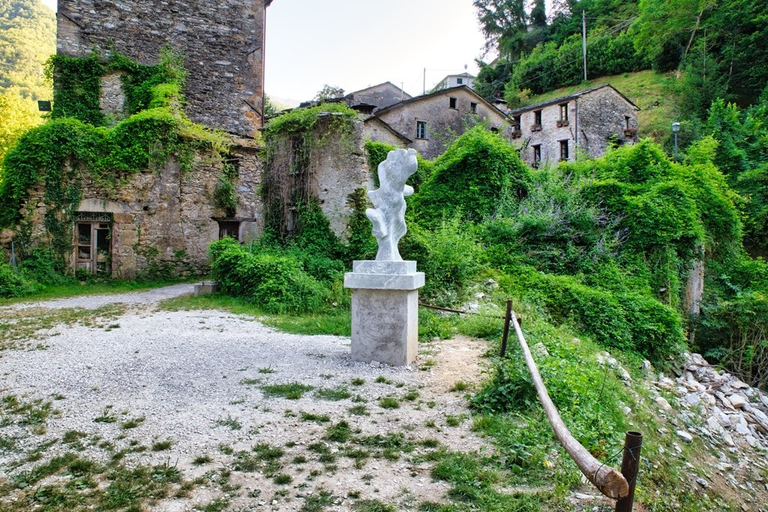
Having a holiday in this place must be really relaxing with beautiful walks, fishing in the small lake, where I am told there are many trout, and excursions to nearby places that I am told are very interesting.
Already in 1260 there is news of this small hamlet, in 1500 the church was an oratory with a small hospice attached where the needy and the sick sought shelter.
In 1600, the structure was restored and became the church we still see today, dedicated to St Jacopo, whose feast day is celebrated on 25 July.
The bell tower was only added around 1800. Until the post-war period, the village was larger than what we can see today and there was no pond, but a stream.
In 1948, the hydroelectric dam that now forms the lake was built, but some houses, the mill and the bridge that crosses the stream were submerged and gradually after those years stability problems arose for the village due to the large daily excursions of the power company that had built the dam.
These problems were resolved over the years, but by then people had abandoned the village altogether. Until the year 2000, when this small centre was the subject of a comprehensive renovation project that aims to revive this unique village, which today is proposed as a diffuse hotel welcoming many people throughout the year.
Because if it is beautiful in summer, it is also very beautiful and characteristic in winter and in the other seasons. A little jewel you don't expect in the Apuan Alps that is truly worth a visit.






















